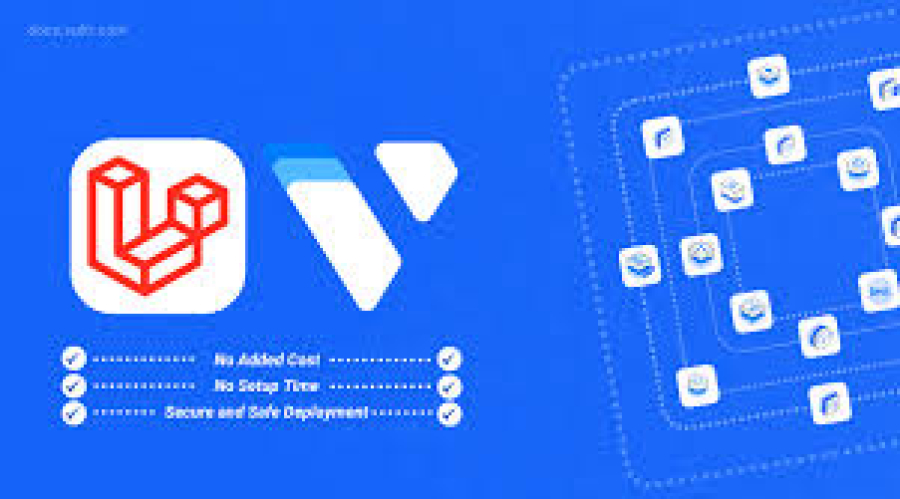How to Build an API-Driven Web App with Laravel and Vue.js
In modern web development, building fast, dynamic, and scalable applications is crucial. Laravel, a powerful PHP framework, and Vue.js, a progressive JavaScript framework, together create an efficient full-stack development environment. FreelancerBridge explores how to integrate Laravel with Vue.js to develop an API-driven web application, ensuring a seamless user experience and high performance.
How to Build an API-Driven Web App with Laravel and Vue.js
1. Understanding API-Driven Development
API-driven development involves separating the front-end and back-end, where Laravel serves as the backend API provider, and Vue.js handles the front-end rendering. This approach allows:
Better Scalability: Front-end and back-end can scale independently.
Enhanced Performance: Efficient data fetching and rendering.
Reusable APIs: The same API can be used for web, mobile, and third-party integrations.
2. Why Choose Laravel and Vue.js for API-Driven Apps?
Laravel Advantages:
Secure and scalable backend framework.
Powerful API tools with built-in authentication.
Easy database management with Eloquent ORM.
Vue.js Advantages:
Reactive and lightweight front-end framework.
Component-based architecture for modular development.
Seamless integration with Laravel for smooth data handling.
3. Structuring Your API-Driven Web App
A well-structured API-driven web app consists of:
Backend (Laravel): Handles data storage, authentication, and API responses.
Frontend (Vue.js): Manages UI interactions, API calls, and real-time updates.
Database (MySQL/PostgreSQL): Stores and retrieves application data.
4. Implementing RESTful API in Laravel
Use REST principles for structured endpoints.
Ensure CRUD (Create, Read, Update, Delete) operations are optimized.
Implement API versioning for future scalability.
5. Frontend Integration with Vue.js
Use Vue.js components for modular UI development.
Implement Axios for making API requests from Vue.js.
Utilize Vue Router for seamless navigation.
6. Enhancing API Security and Authentication
Implement JWT (JSON Web Tokens) for secure authentication.
Use OAuth 2.0 for third-party integrations.
Prevent Cross-Origin Resource Sharing (CORS) issues.
7. Optimizing API Performance for Better User Experience
Use caching mechanisms to reduce API response times.
Implement pagination for handling large data sets.
Optimize database queries with Laravel’s Eloquent ORM.
8. Implementing Real-Time Functionality
For interactive applications, integrate:
Laravel WebSockets for real-time data updates.
Vuex (State Management) to synchronize API data across components.
Pusher or Firebase for instant notifications.
9. Testing API Endpoints for Reliability
Use Postman or Insomnia to test API responses.
Implement Laravel’s built-in testing tools for automated API testing.
Monitor API performance to prevent slow responses.
10. Deploying and Maintaining Your API-Driven App
Use Docker for containerized deployment.
Set up CI/CD (Continuous Integration & Deployment) for automated updates.
Monitor server performance and API uptime with New Relic or Laravel Telescope.


 by Emily
by Emily




